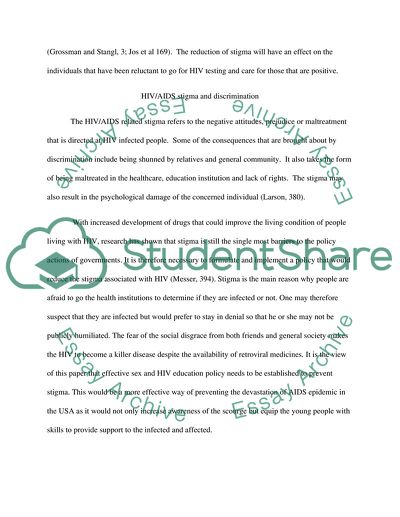Cite this document
(“Policy advocacy to fight HIV discrimination and stigma Essay”, n.d.)
Policy advocacy to fight HIV discrimination and stigma Essay. Retrieved from https://studentshare.org/health-sciences-medicine/1643989-policy-advocacy-to-fight-hiv-discrimination-and-stigma
Policy advocacy to fight HIV discrimination and stigma Essay. Retrieved from https://studentshare.org/health-sciences-medicine/1643989-policy-advocacy-to-fight-hiv-discrimination-and-stigma
(Policy Advocacy to Fight HIV Discrimination and Stigma Essay)
Policy Advocacy to Fight HIV Discrimination and Stigma Essay. https://studentshare.org/health-sciences-medicine/1643989-policy-advocacy-to-fight-hiv-discrimination-and-stigma.
Policy Advocacy to Fight HIV Discrimination and Stigma Essay. https://studentshare.org/health-sciences-medicine/1643989-policy-advocacy-to-fight-hiv-discrimination-and-stigma.
“Policy Advocacy to Fight HIV Discrimination and Stigma Essay”, n.d. https://studentshare.org/health-sciences-medicine/1643989-policy-advocacy-to-fight-hiv-discrimination-and-stigma.


